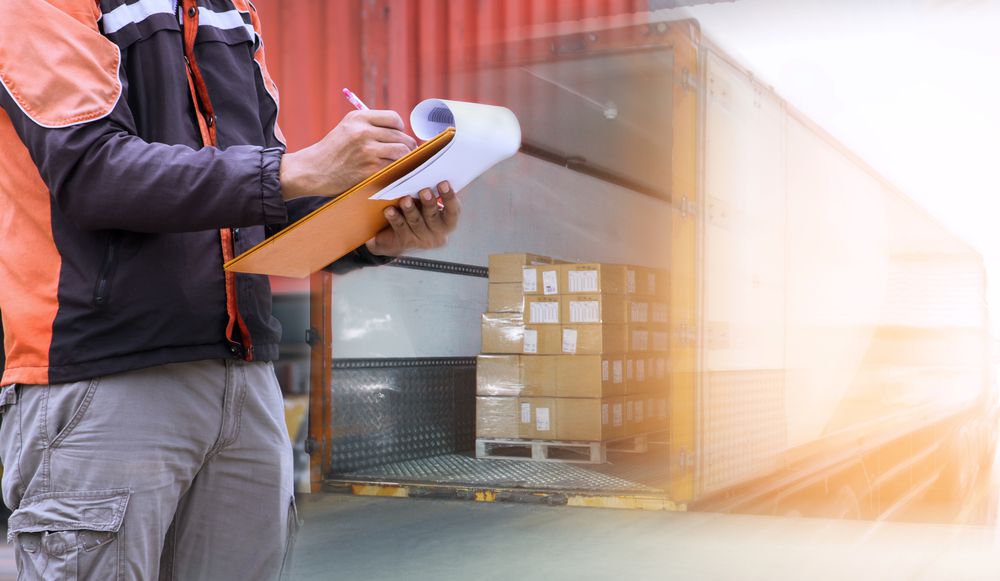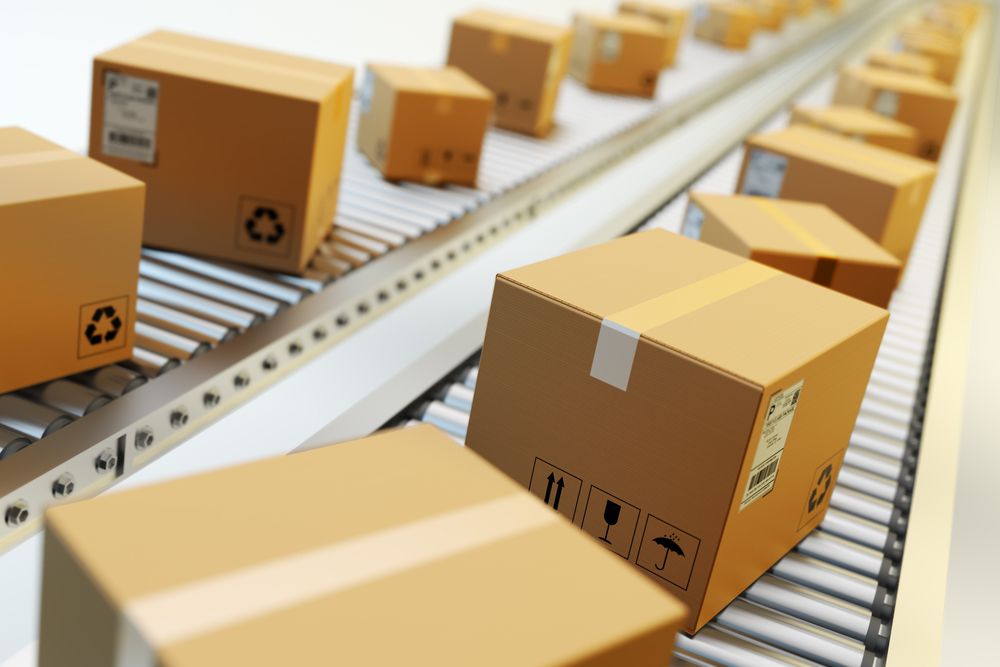How to Document and Prepare LTL Shipments
For someone new to shipping, knowing how to carry out LTL shipments can be a complex endeavour. If you want to know how to document and prepare LTL shipments, you are in the right place. In this article, you will learn the necessary steps for getting your freight ready for shipping.
With these steps, you can ensure the safety of your freight on the LTL trailer. Documenting and preparing your LTL shipments properly has other added benefits. For one, you will save time, reduce the risk of damage to freight, and reduce costs. Furthermore, your freight will get to its destination faster.
Before getting to the guidelines on how to document and prepare LTL Shipments, here is a quick reminder of what LTL shipping means.
What is LTL Shipping?
LTL shipping means “Less than Truckload” shipping. It is the opposite of Full truckload shipping, FTL. LTL shipping involves the transportation of freight considered to be small. It is a fast means of freight transportation and is also cost-effective.
Due to the small freight volume it requires, multiple LTL shipments share the same truck space. This results in reduced charges because each shipper incurs expenses based on the space their cargo occupies.
The downside of this type of shipping is that many parties handle freight transportation. This makes knowing how to document and prepare LTL shipments a vital tool. If you prepare well, the process will go smoothly. Read on to discover LTL shipping best practices.
 Tips to Prepare Goods for LTL Shipping
Tips to Prepare Goods for LTL Shipping
To follow LTL shipping best practices, you need to do the following:
Take Accurate Measurements of Freight
When you do this, you ensure that you correctly estimate your freight’s dimensions. You also prevent extra costs due to overestimation.
When you take accurate measurements, you also make the shipping process faster. This is because the shipping company will know the best way to store your cargo in the trailer and the amount of space it will take.
Package and Label Your Cargo Correctly
This is an important part of how to document and prepare LTL shipments. Start by using crates and pallets to package your shipment. Their usage depends on the type of cargo you want to transport. Whereas you use pallets to store heavy freight during transit, crates are for smaller units.
Pallets and crates help you maximize the trailer space. They also safeguard your cargo against damage and ensure better handling. Aside from packaging your freight correctly, you must also label them.
When you stack the crates and pallets, you place the Bill of Lading on each handling unit. Also, place other necessary labels on the cargo for easy identification. These labels carry important information about the products’ destination and the number of units.
Ensure Proper Documentation of Freight
In LTL shipping, it is crucial to document your cargo correctly. LTL trucking and shipping services in Toronto need proper documentation to work seamlessly. Without the appropriate documentation, you run the risk of losing your cargo. One of the most vital documents in LTL shipping is the Bill of Lading.
The Bill of Lading is a document that serves as a contract of carriage. The document contains information about the parties involved in the shipment. Other details include the reasons for the transaction, when it took place, and how it did. It also provides details of the kind of freight, packaging used, and the freight class.
LTL trucking services in Toronto and environs require you to provide the Bill of Lading before processing your shipment. If you do, the process becomes faster, saving you time and stress. Always ensure you attach it to your freight.
 Some of the critical information you must provide for adequate documentation of your cargo include:
Some of the critical information you must provide for adequate documentation of your cargo include:
- The recipient’s information
- The shipper’s identity
- The date of shipment pickup
- The total number of shipments in transit
- Descriptive information of the freight you are shipping
- The correct dimension of the cargo
- The freight class
- Information about the packaging
- An estimated value of the shipment
Take Pictures of Your Shipment after Packaging
You can take pictures of your freight after packing it in pallets or crates and storing it in the truck. The picture you take should show all sides of your shipment.
By doing this, you give yourself proof of the shipment’s condition before transit. That way, if the cargo gets lost or damaged during transit, you can provide the pictures as proof.
You are Set to Go
 Knowing these tips on how to document and preparing LTL shipments ensures that you ship your freight in time. When you fail to package, label, and document your shipment properly, you slow the shipping process down. You also incur extra fees.
Knowing these tips on how to document and preparing LTL shipments ensures that you ship your freight in time. When you fail to package, label, and document your shipment properly, you slow the shipping process down. You also incur extra fees.
LTL shipping services must have their freight ready for loading upon pickup. This means they have little time to load. If you label, document, and package your shipment well, service providers will spend very little time loading it. The reverse is the case when you do otherwise.
The tips on how to document and prepare LTL shipments are simple to practice. Get conversant with them and practice them for faster and safer shipping.
Conclusion
With the new knowledge you now have about how to document and prepare LTL shipments, you now understand its importance. The tips provided in this guideline are based on years of experience and come in handy.
To recap, you must measure the dimension of your shipment accurately. You must also
Package, label, and document your freight properly. These steps not only ensure faster loading and shipping process, but they also protect your shipment from harm.
Still confused about how to package and label your LTL shipments? Here at All Freight Shipping, we can help. From packaging to documentation, we provide you shipping services at affordable rates. Contact us today to get started!



